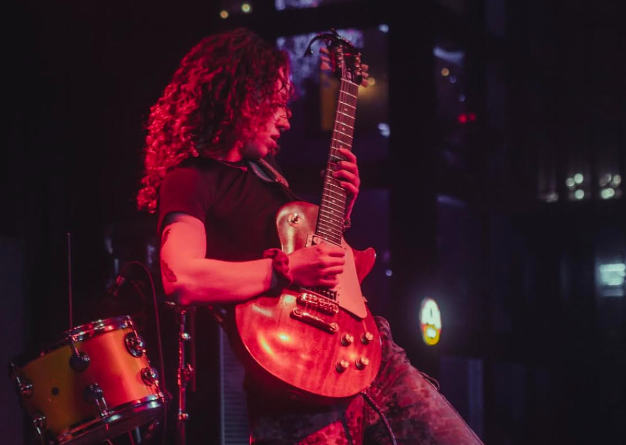The scent of marigolds, candles and fresh-baked bread fills the house. In an honored spot stands an altar, consecrated to the memory of departed loved ones and covered with a variety of decorations, offerings and photographs. Children covet skull-shaped candies, and the family comes together to spruce up the gravesites of those who have gone before. It is Los Dias de los Muertos – The Days of the Dead – perhaps Mexico’s most unusual holiday.
Los Dias de los Muertos is a combination of pre-Christian Mayan and Aztec holidays which celebrated and honored the dead, and the Catholic All Saints and All Souls Days (Nov. 1 and 2 respectively.) The holiday approaches death in a uniquely Mexican way however, as an opportunity not only for remembrance but also as a celebration and an acknowledgement of the inevitability of death. The spirit behind Los Dias de los Muertos is hardly reconcilable with the standard U.S. viewpoint on mortality. The idea of death that the holiday honors is not the skulking, deceitful horror that crawls through life in this country. This is a friendly death, a death that finds its best representation in the traditional illustrations and figurines called calaveras, where skeletons perform every act and function associated with the living – from giving birth and getting drunk to playing rock music and tending a garden. There are revolutionary calaveras and banker calaveras, policemen and bag ladies. Their smiling skulls offer jolly reassurance to the living: “See, the dead can party too!”
This is not to say that the holiday does not recognize the grief and loss associated with death. On the contrary, the cause for celebration can be understood as both that the dead may visit and enrich our memories again during this time. Also, for those who have lost a friend or loved one during the preceding year, this holiday offers a chance to set aside the worst of the grief, and move on with one’s life.







